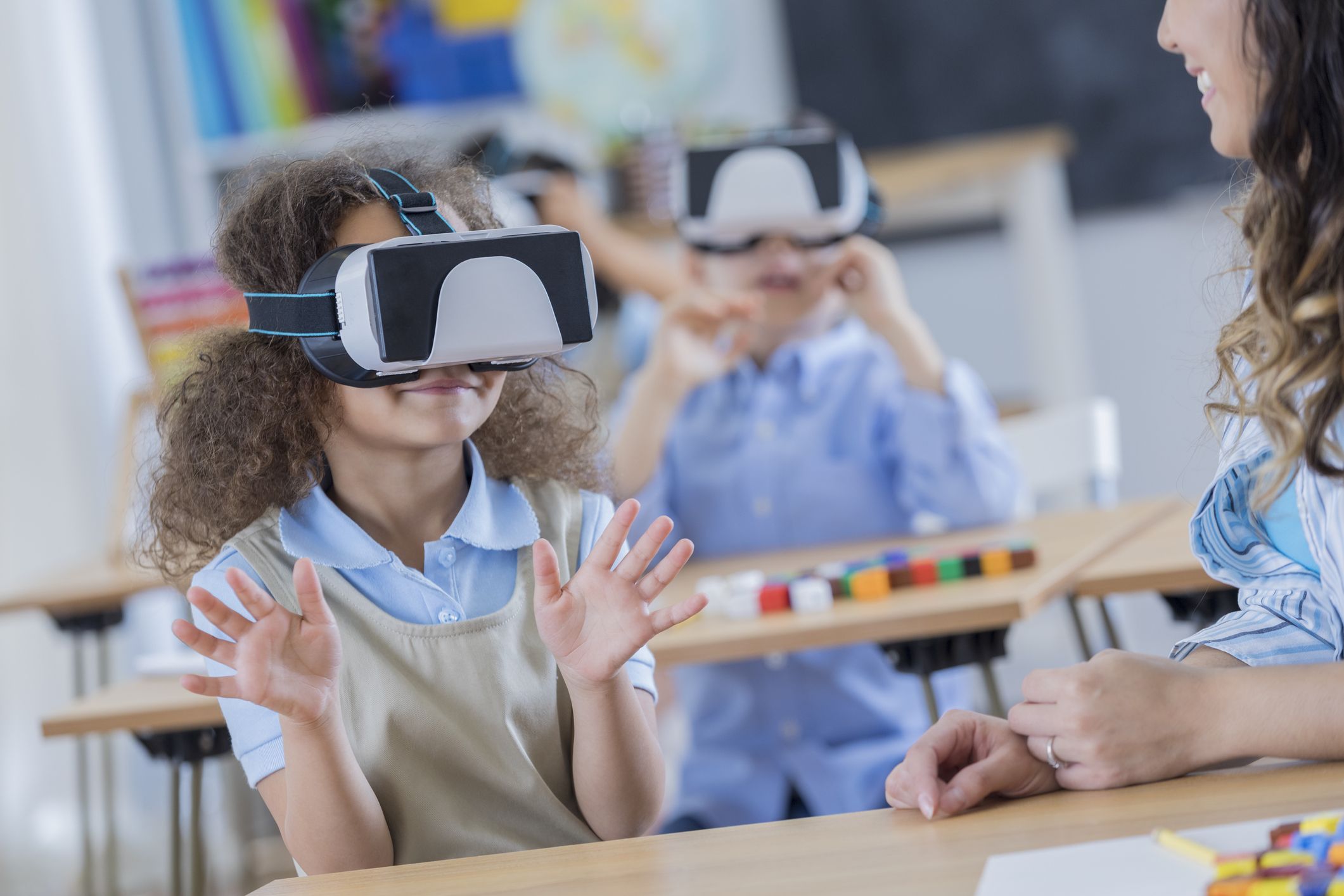In recent years, Augmented Reality (AR) has been making waves in the tech industry with its ability to overlay digital information onto the physical world. While AR has predominantly been associated with gaming and entertainment, its applications in education have been gaining traction as well. From interactive textbooks to virtual field trips, AR has the potential to revolutionize the way students learn and educators teach.
Enhancing Classroom Learning
One of the primary benefits of AR in education is its ability to enhance classroom learning. By superimposing virtual objects, animations, and information onto the real world, AR can make complex concepts more tangible and easier to understand. For example, students studying anatomy can use AR to visualize and interact with 3D models of the human body, allowing for a more immersive learning experience.
Engagement and Motivation
AR has the power to engage students in ways that traditional teaching methods cannot. By incorporating interactive elements such as quizzes, games, and simulations, AR can make learning fun and engaging. This not only increases student motivation but also helps them retain information better. In a study conducted by Stanford University, students who learned through AR were found to be more engaged and showed a better understanding of the material compared to those who learned through traditional methods.
Personalized Learning
Another advantage of AR in education is its ability to cater to individual learning styles and pace. With AR, students can learn at their own pace and receive personalized feedback in real-time. For example, a student struggling with math concepts can use AR to visualize problems and receive step-by-step guidance on how to solve them. This personalized approach to learning can help students build confidence and achieve better academic outcomes.
Virtual Field Trips
AR can also bring the outside world into the classroom through virtual field trips. By using AR goggles or devices, students can explore historical sites, natural habitats, and cultural landmarks without leaving the classroom. This not only saves time and resources but also makes learning more accessible to students who may not have the opportunity to travel to these locations in person.
Collaborative Learning
AR can facilitate collaborative learning by allowing students to work together on projects and assignments in a virtual space. With AR, students can share information, interact with virtual objects, and collaborate in real-time regardless of their physical location. This fosters teamwork, communication, and critical thinking skills, which are essential for success in the digital age.
Conclusion
As technology continues to advance, the applications of AR in education are only going to expand. From enhancing classroom learning to fostering collaboration and personalized learning experiences, AR has the potential to transform traditional learning environments into interactive and engaging spaces. By incorporating AR into the curriculum, educators can prepare students for the future by equipping them with the skills and knowledge needed to succeed in a rapidly evolving digital world.
With its ability to enhance learning outcomes, engage students, and make learning more accessible and interactive, AR is poised to revolutionize the field of education and create more engaging and effective learning environments for students of all ages.
